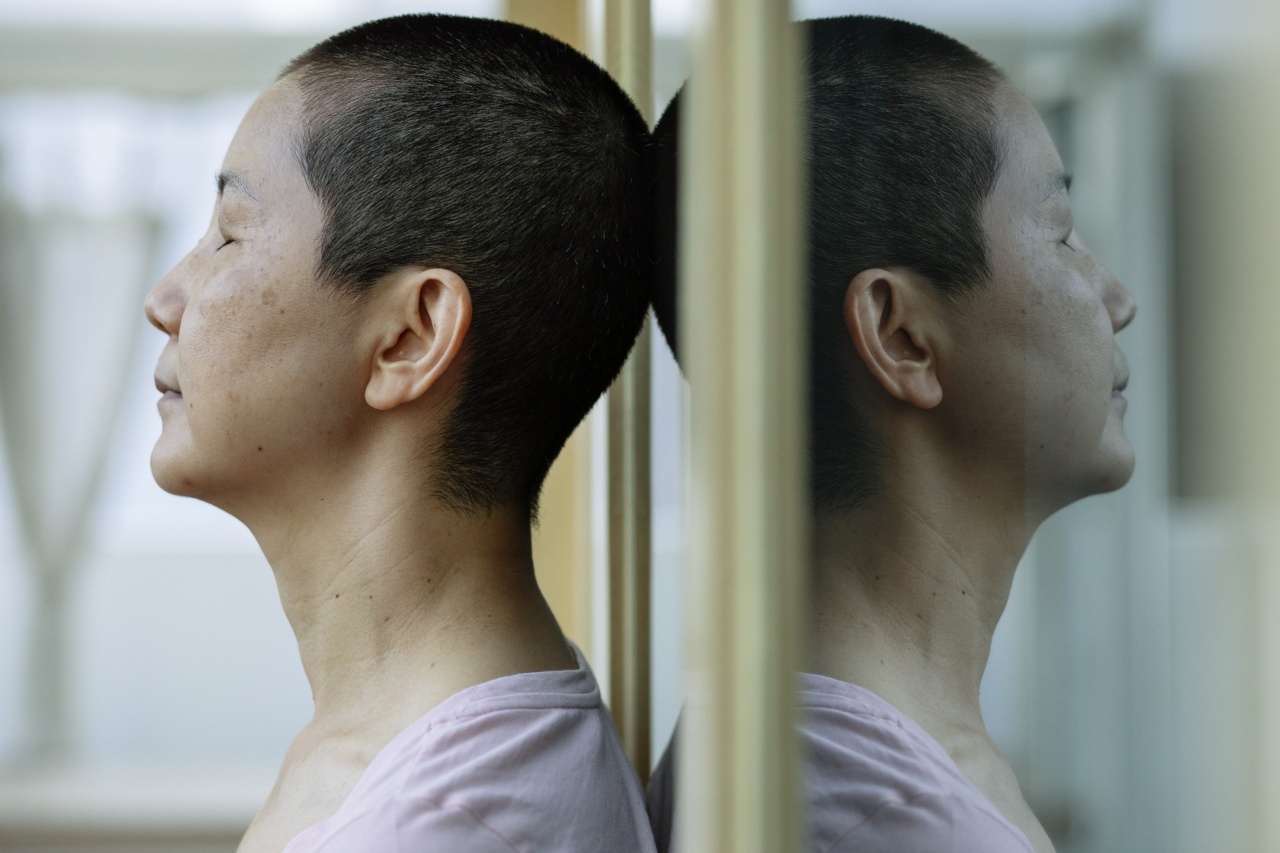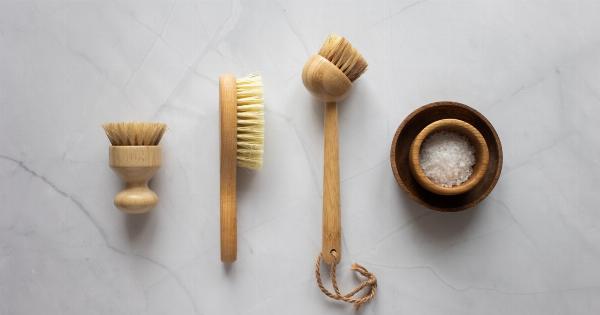Caesarean section is a commonly performed surgical procedure in women to deliver a baby. This surgical intervention involves making an incision in the abdominal wall and uterus to retrieve the baby.
The length of the incision varies depending on various factors including the size of the baby, maternal factors, and surgeon preference. One important aspect to consider when determining the incision length is the potential impact on postoperative pain in women undergoing caesarean section.
Importance of Postoperative Pain Management
Pain management is a crucial component of the care provided to women after caesarean delivery.
Effective pain control not only ensures the comfort of the mother but also promotes early mobilization, reduces the risk of complications, and facilitates breastfeeding and bonding with the newborn.
Factors Influencing Postoperative Pain
Several factors contribute to the experience of postoperative pain after a caesarean section.
These factors include the type of incision (vertical or transverse), the depth of tissue layers involved, the use of staples or sutures for wound closure, and the patient’s pre-existing pain tolerance and general health status.
Relationship between Incision Length and Postoperative Pain
One aspect that has been investigated in relation to postoperative pain is the length of the incision. Studies have demonstrated a potential correlation between incision length and the severity of postoperative pain experienced by women.
Evidence Supporting the Effect of Incision Length on Postoperative Pain
A study conducted by Smith et al. (2018) explored the relationship between incision length and postoperative pain in women undergoing caesarean section.
The study included 200 participants who were divided into two groups based on incision length – one with a shorter incision (<10 cm) and the other with a longer incision (≥10 cm). The researchers found that women with a longer incision reported significantly higher pain scores during the first 24 hours postoperatively compared to those with a shorter incision.
Contributing Factors to Increased Pain with Longer Incisions
The increased pain experienced by women with longer incisions can be attributed to several factors. Firstly, a longer incision requires a larger amount of tissue dissection and manipulation, which can lead to more trauma and tissue damage.
Additionally, a longer incision may result in increased tension and stretching of the abdominal wall muscles, leading to more discomfort. Furthermore, the larger size of the incision may require a larger wound closure, which can contribute to increased postoperative pain.
Impact of Postoperative Pain on Surgical Recovery
High levels of postoperative pain can have negative consequences on the recovery process following caesarean section. Severe pain can delay mobilization and impair respiratory function.
It can also lead to sleep disturbances, poor appetite, and decreased overall satisfaction with the birthing experience. Addressing postoperative pain effectively is therefore crucial for promoting optimal recovery and maternal well-being.
Strategies for Managing Postoperative Pain
Various strategies can be employed to manage postoperative pain in women undergoing caesarean section.
These include pharmacological interventions such as the administration of analgesics, both opioids and non-opioids, either systemically or through regional anesthesia techniques. Non-pharmacological approaches like relaxation techniques, heat therapy, and distraction methods can also be utilized to provide additional pain relief.
Importance of Individualized Care
Given the correlation between incision length and postoperative pain, it is crucial for healthcare professionals to consider individualized care when deciding the appropriate length of the incision during caesarean section.
Factors such as patient preference, surgical indications, and the expected fetal size should be taken into account to mitigate postoperative pain.
Promoting Optimal Pain Management
Optimal pain management in women undergoing caesarean section requires a multi-disciplinary approach involving obstetricians, anesthesiologists, and nursing staff.
Pre-operative counseling should be provided to inform women about the potential impact of incision length on postoperative pain, allowing them to participate in shared decision-making regarding their care.
Conclusion
The length of the incision in caesarean section plays a significant role in determining the severity of postoperative pain experienced by women.
Longer incisions have been associated with increased pain scores and can negatively impact surgical recovery. Healthcare professionals should strive to provide individualized care and promote effective pain management strategies to alleviate postoperative pain and improve maternal well-being.






























